Are you ready to dive right into flexible seating in your primary classroom, but you’re not quite sure where to start? Last summer I knew I wanted to give it a try too, but I was TERRIFIED! I’m not kidding. I had no clue where to start, how to be consistent with expectations, and not even sure if my administrators would support this decision. However, over a two month period, I slowly transformed my classroom and there was no looking back! Best decision ever! Seriously!
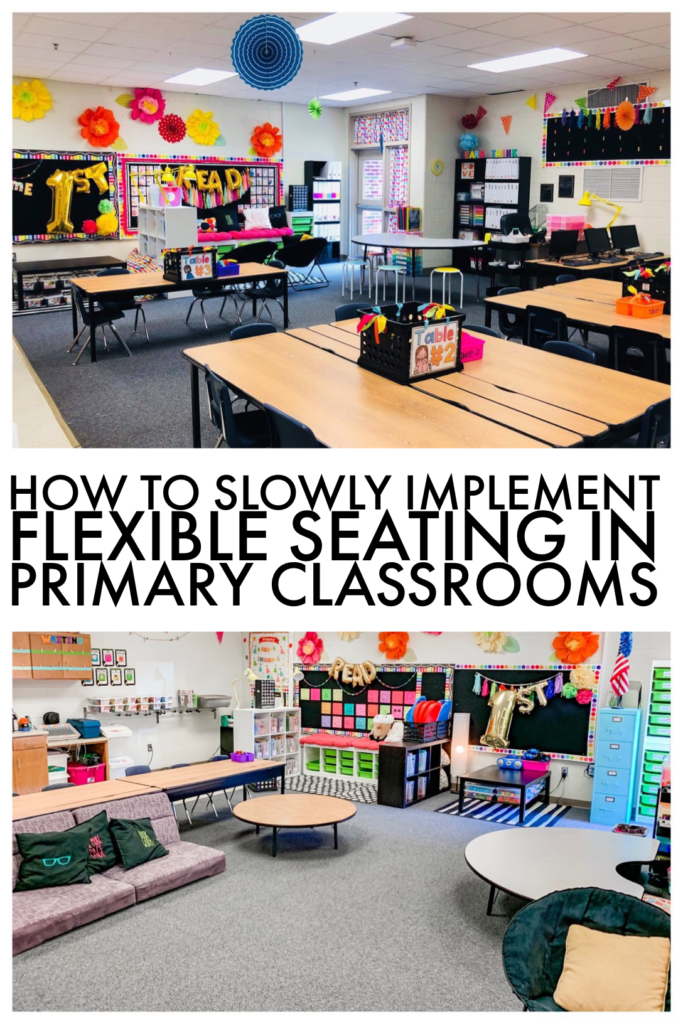
Why did I choose to use flexible seating?
This is pretty simple, my students couldn’t/wouldn’t stay seated in their chairs. They were rocking, falling out of their seats, up walking around the room to get tissues, on their knees, standing up, etc. It became very obvious that my classroom furniture wasn’t meeting their needs. So, first things first, I just remove the legs of my small group table. That’s all I did to start. My horseshoe table lost its legs, and my students sat on the floor with me for guided reading, small groups for math, and phonics groups. We started there. I talked to them about sitting on their bottoms and not moving so that others around the could focus. Once they had those expectations down, I allowed them to use pillows or scoop chairs at my table. Again, we drilled the expectations and how our actions affected those around us when we made bad choices.
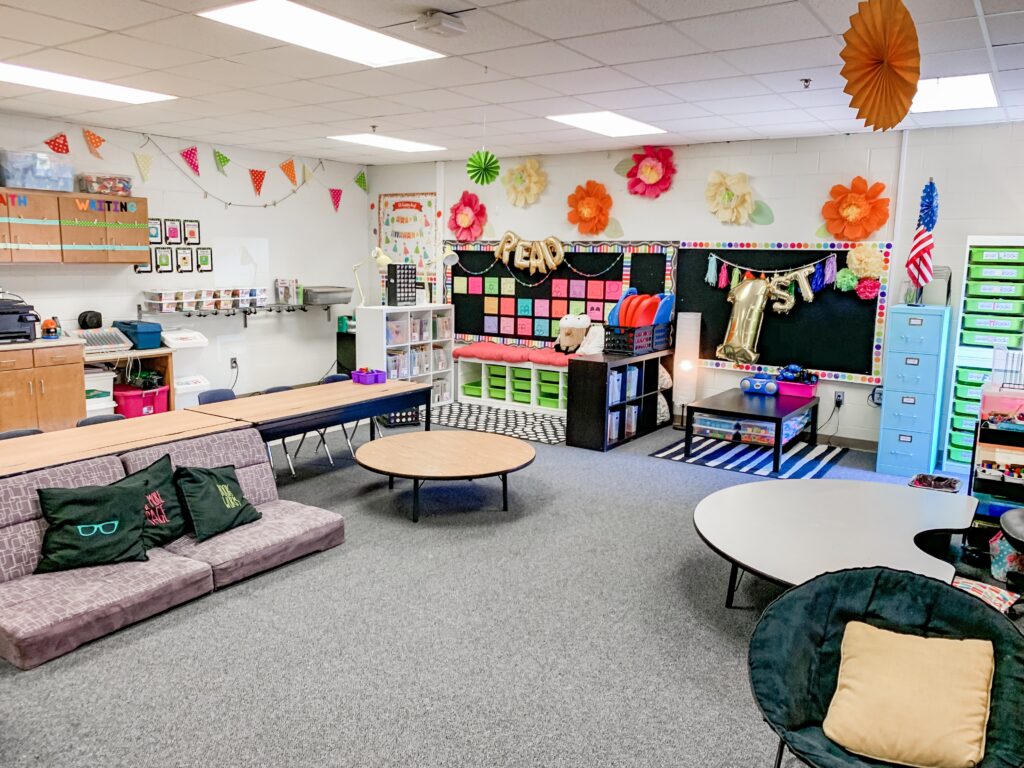
Home Base
I refer to “Home Base” as where the students are sitting for the day. This is where they do their independent work or write during writers workshop. The first month, I assigned this spot to students and rotated them from the back row to the floor area to practice expectations. After that, they began choosing when they arrived each morning. They all understand that no one owns a spot so if you arrive and your spot from yesterday is taken, you can find a new area.
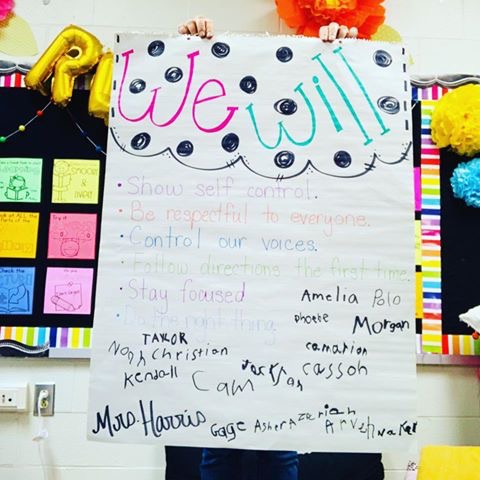
Expectations and Posters
When the tables were replaced, I decided it was the perfect time to review our classroom rules and create a class contract. We reviewed why we had to follow the expectations and how our inappropriate behaviors can result in classmates not being able to focus or listen.
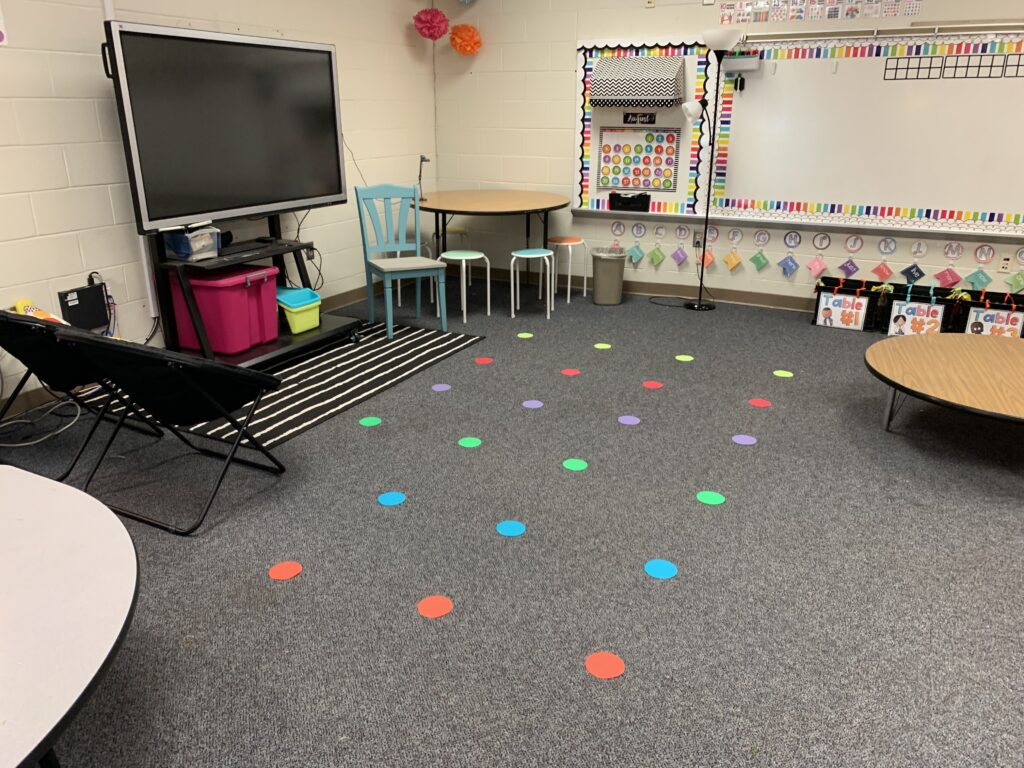
Carpet or Sit Spot Time
I still do all my mini lessons and the bulk of my instruction all together on the floor. I did this when I taught fourth grade, and I still do it with first graders. By removing them from their desks or area, I immediately remove distractions and get their attention. Other than their shoes, there is nothing to play with in the floor. This is still the area in which most of our magical learning occurs.

Transitioning
Once I knew my students could handle sitting on the floor, I moved out my big tables and added round tables with no legs. There are two of these round tables in my room and six students can sit comfortably around them (12 spots total). I still kept the back table where 9 students can sit (I’ll address this in just a bit). I also then allowed two students to sit around the coffee table at the back of the room too. After six weeks of these options, I added a futon to the classroom. The futon can easily sit three or four students depending on their size with clipboards or lapdesks to work. My futon is managed a little differently though. Students can only sit on the futon if they choose to use some of their behavior points (we are a PBIS school). Once they pay, they can sit there for the a full week. This became a very popular reward that didn’t cost me out of pocket money.
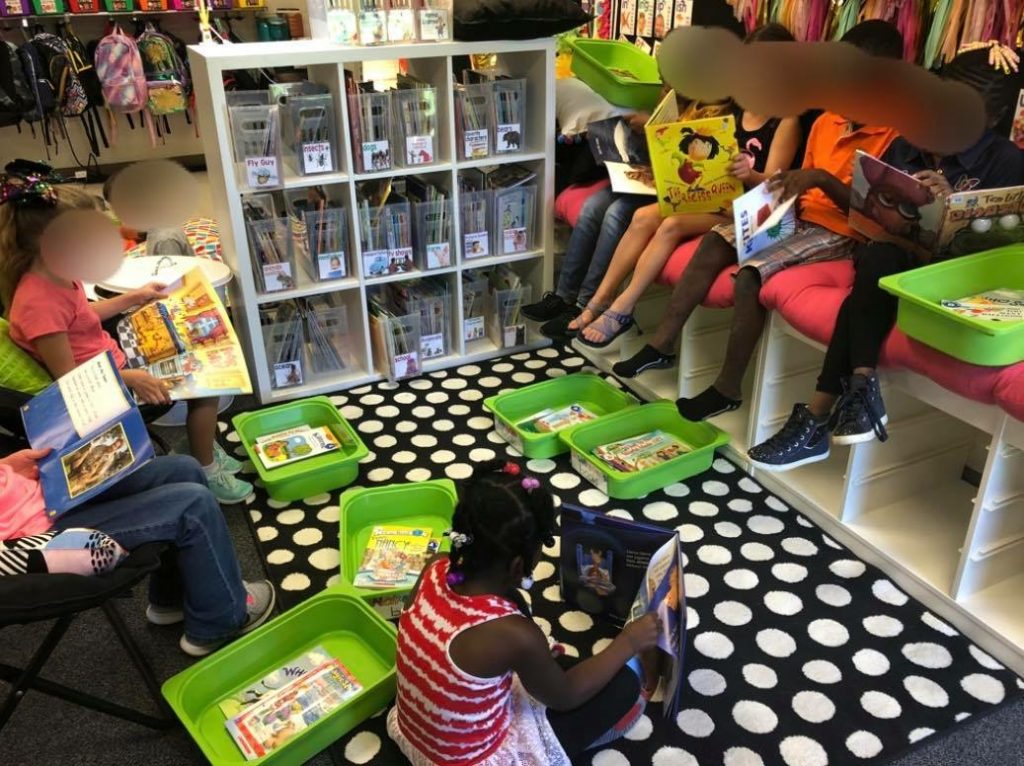
Independent Reading Time
Independent reading time is the part of our workshop model where students apply their reading skills to their silent reading. During this time, I allow students to read anywhere in the classroom. Many like to sit in a corner with a floor pillow or in the reading library. They also enjoy lying on the floor to read. If a student is not reading, talking to a neighbor, or not sitting still, they go back to “Home Base”.

They don’t all get to choose!
I’m sorry. That might sound so terrible and rude of me, but it is still my classroom, and I have to make sure that it functions for the entire class. I had a couple of friends this year that despite my trying several different locations, they did their best work at a table with a chair and lots of personal space (no neighbor). This is one reason I kept my back row of tables. This wasn’t a punishment…this was me making sure my classroom expectations were followed and helping ensure classmates were able to focus and learn.
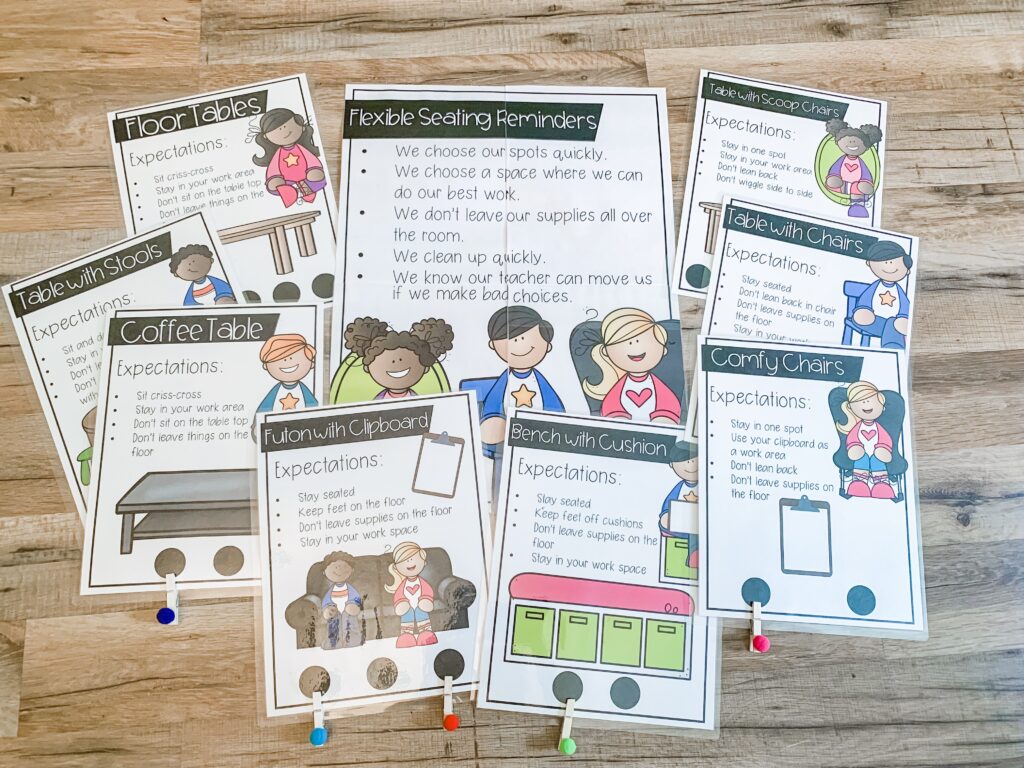
Helpful Reminders and Charts
We all have bad days…usually around Full Moon weeks…but we do all have them. There were days where we didn’t move around the room for reading time. They returned to “Home Base”. There were also days when we had to reread our class contract. Then there were days when we needed to review the expectation posters. Now that I’ve had time to think more about my expectations and starting a brand new year off with flexible seating, I want to implement day one with routines and procedures. Since I have now slowly made all the changes I wanted, I can start right off with how things should flow within my classroom. I created these expectation posters that double as a seating chart. Students put their clothes pin on their choice for the day and then other students see how many areas are left and make their best choice. I think this will really help with not making choices based on buddies and also create a sense of ownership for their choice of the day. As always, I will have the choice to move a student who doesn’t follow those expectations. These posters are available in my TPT shop, and you can edit the text and circles to reflect your own classroom flexible seating options. If you are interested in these posters, click here.
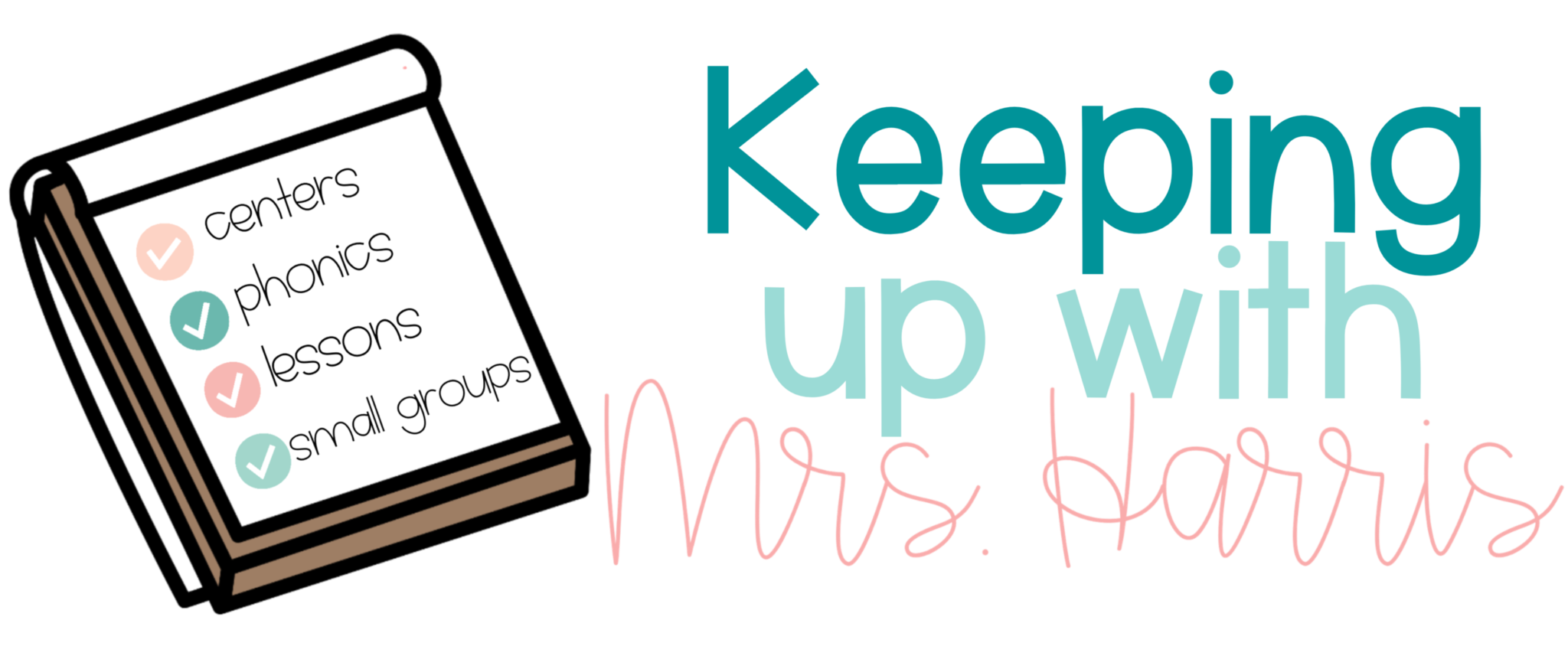
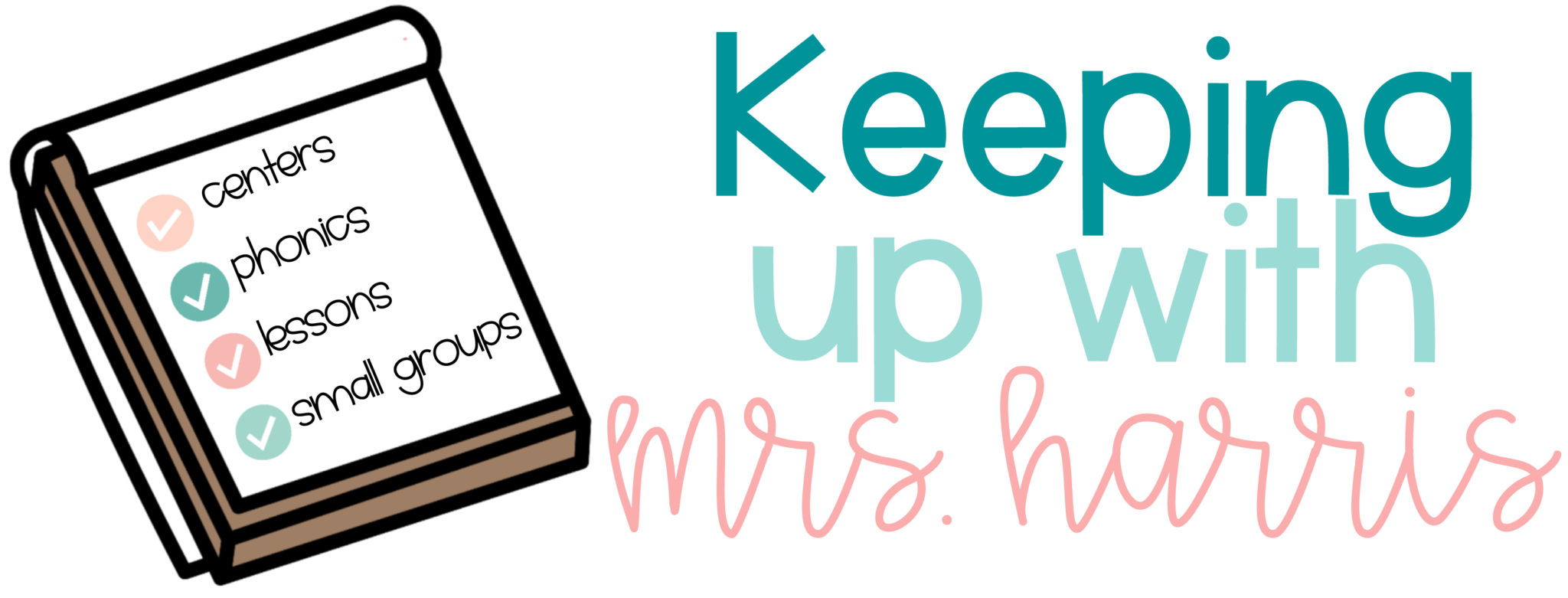
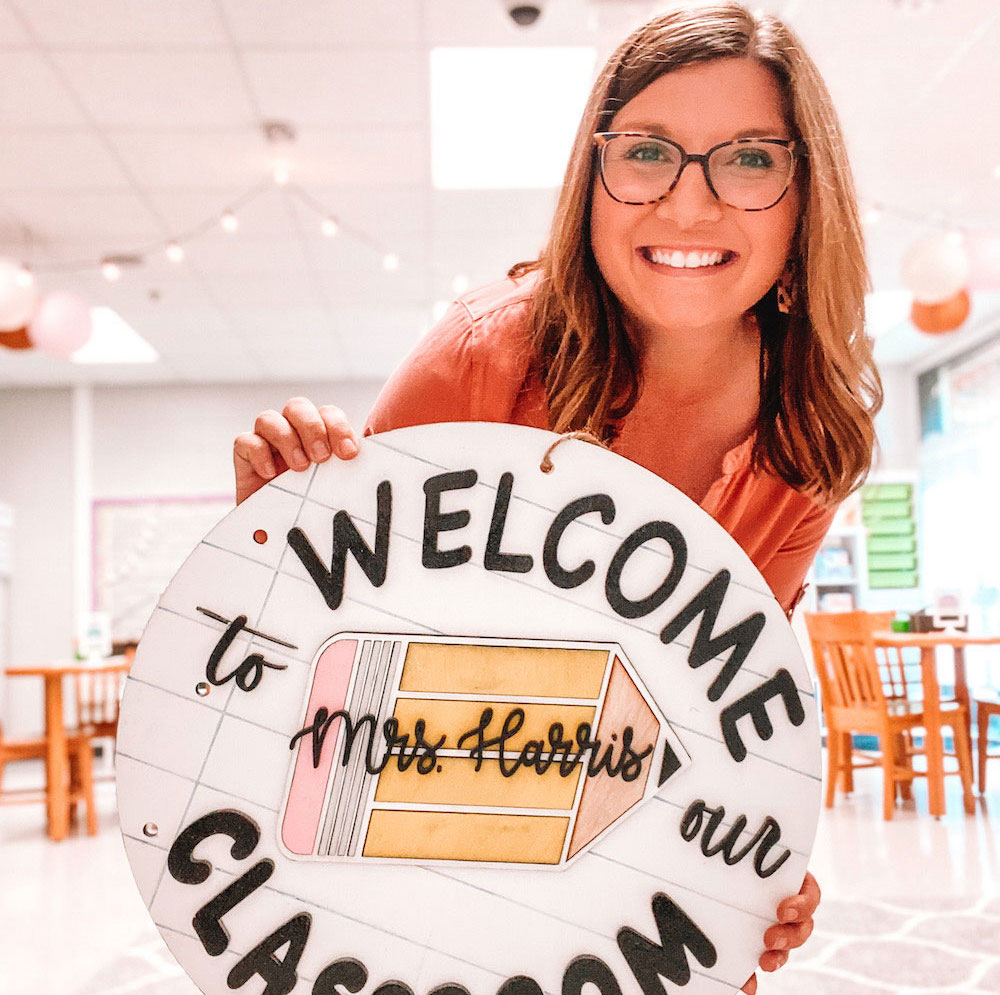
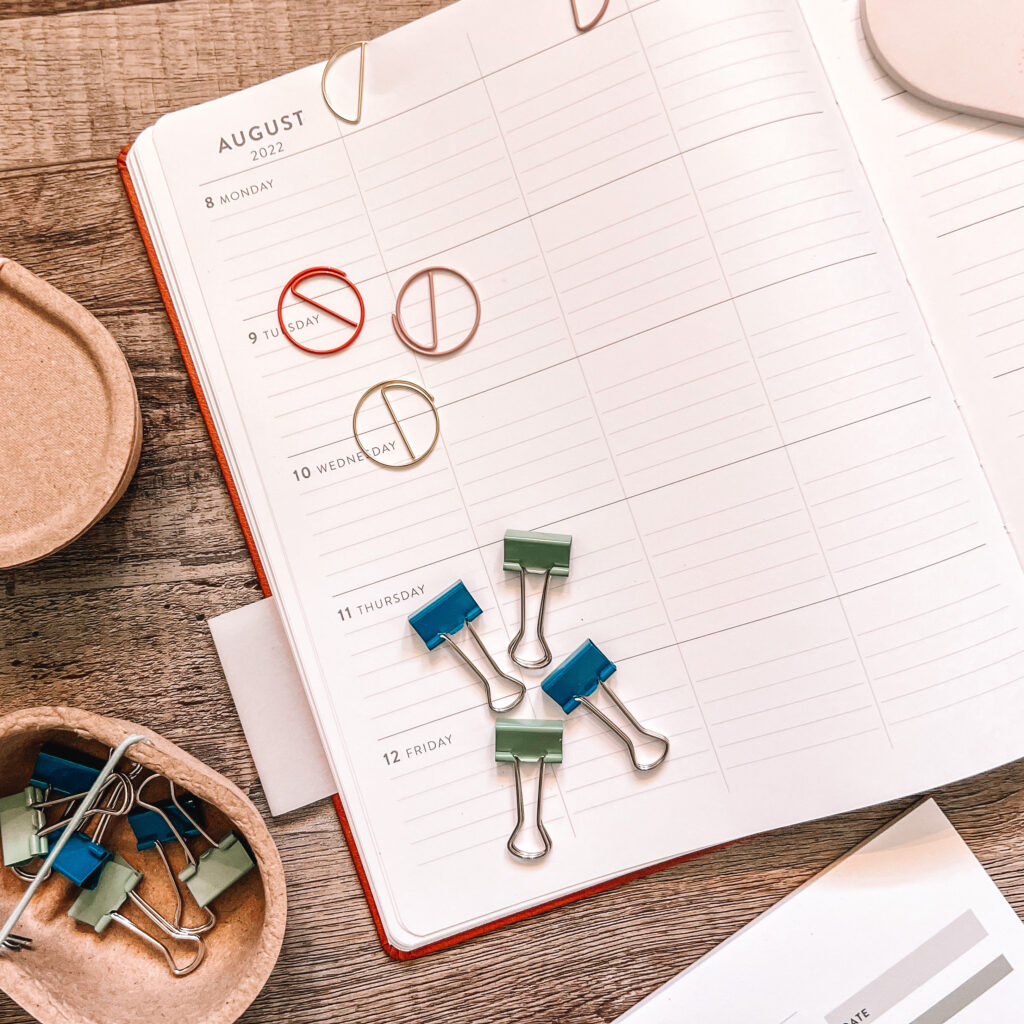
3 Comments
Thanks for sharing your experience! I’m a kindergarten teacher and I chickened out of flexible seating last year because I knew I would be on maternity leave but I’m ready to try it this year! What I’m most worried about is where to store the items they use daily like their pencils, crayons, glue sticks, and things I have them keep in their chair pockets like notebooks and workbooks. How did you manage this? And you mentioned your school does PBiS, as does my school. Where do students keep the things they earn for good behavior? Mine earn tokens and merits, but yours might be different. Thanks for your help!
Where did you get your futon! I’ve been searching for a couple of years for a small futon like that so it would fit in my room.
Comments are closed.